Unusual Flower Types & Photos
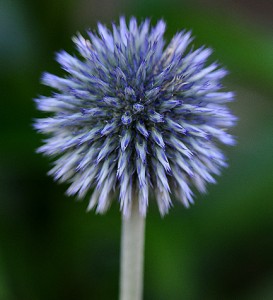 Globe Thistle |
Globe Thistle (Echinops ritro)
Globe Thistle is a clump-forming herbaceous perennial with coarse, prickly leaves with 1-2 ball-shaped silvery-lavender-blue or dark blue flowerheads blooming in early to late summer on rigid branching stems 24-48 inches tall. These beautiful ornamentals grow best in full sun to mostly sunny areas and attract bees and butterflies. In the garden, they will tolerate heat and are deer-resistant. They make excellent cut flowers as well as great additions to dried bouquets.
This flower IS available from your local florist*.
 Allium Bulgaricum |
Allium Bulgaricum (Nectaroscordum siculum)
This ornamental allium is easy to grow, deer-resistant, and hardy to zone 4. They thrive in sunlight and bloom in May and June. Also known as Mediterranean Bells, Sicilian Honey Lily, Ornamental Onion and Sicilian Garlic, they are native to the Mediterranean. The individual florettes begin in an upright position and gradually relax to a cluster of tricolored bells and begin to drape like a floral chandelier. They make an interesting addition to flower arrangements.
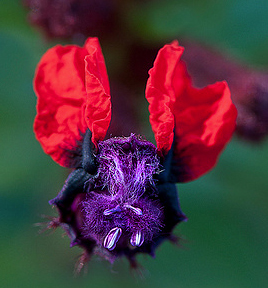 Bat Face Cuphea |
Bat Face Cuphea (Cuphea llavea)
Also known as St. Peter’s plant, Tiny Mice and Bunny Ears, Bat Face Cuphea is a tender tropical evergreen perennial native to Mexico. Bat Face Cuphea prefer partial to full sun and its distinctive red and purple flowers blooms from March through October. Attractive to hummingbirds and bees, the plant is low maintenance, drought-tolerant and makes a great plant for pots, planters, and beds. The plants will grow 2-3 feet tall by 3 feet wide. In early summer, pinch growth off to encourage branching.
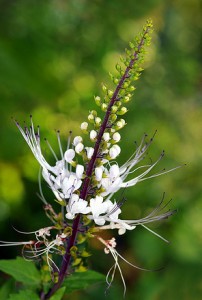 Cat’s Whiskers |
Cat’s Whiskers (Orthosiphon stamineus)
Part of the mint family, Cat’s Whiskers are herbaceous perennial flowering plants originating in tropical East Asia. They grow up to two feel tall and three to four feet wide. The flowers have an orchid-like appearance and are white or lavender, sprouting long stamens that resemble cat’s whiskers. They attract butterflies and hummingbirds and can be harvested to use in herbal teas.
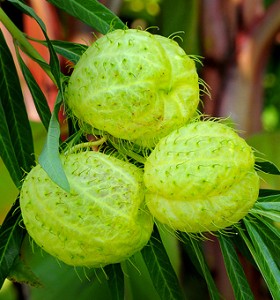 Family Jewels Milkweed |
Family Jewels Milkweed Tree (Asclepias physocarpa)
This species of milkweed is also known as White Butterfly Weed or Swan Plant. Native to Jamaica and South America, this perennial herb can grow to over six feet and prefers full sun and well-drained soil. It is a food source for caterpillars and is a food and habitat plant for the Monarch Butterfly. The small flowers are creamy white and orchid-like, followed by translucent, inflated 2″ green balls covered with soft bristles that are the resulting seedpods. It is a fast-growing tender perennial and grows best in Zones 7-10.
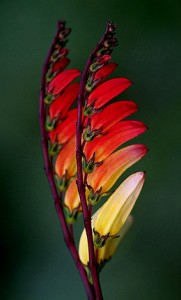 Spanish Flag |
Firecracker Vine or Spanish Flag (Mina lobata)
A tender perennial grown as an annual, this fast climber can grow 10 to 20 feet tall. The incredibly intense-colored 1.5″ blooms are reddish-orange fading to orange yellow and white flowers from mid-summer to fall. Two cultivars include Citronella (cream flowers and red buds) and Mexican Fiesta (red and yellow flowers). A member of the morning glory family, Spanish Flag can be grown in sun to partial shade and is best grown on a lattice.
 Hot Poker |
Red or Yellow Hot Poker (Kniphofia)
Red Hot Poker (Kniphofia uvaria) and Yellow Hot Poker plants are grown from bulbs, and are heat and drought tolerant. They can grow 36″ tall. This variety is ‘Sally’s Comet’ Yellow Hot Poker. Native to Africa, they are known as Torch Lilies. Upright, rocket-shaped blooms produce ample nectar during blooming and are hummingbird magnets. They must be grown in full sun and require good drainage to prevent crown rot. They may spread up to three feet wide. Hardy to zones 5-10.
This flower IS available from your local florist*.
 Liatris |
Liatris or Blazing Star (Liatris)
Hardy perennials White Liatris (Liatris spicata ‘Alba’) and Purple Blazing Star Liatris (Liatris spicata purple), are also known as Gayfeather and Button Snakeroot, and are a member of the Aster family. They bloom from the top down, which is unusual with flowering plants. Each spike is comprised of tiny flowers that are a magnet for pollinators. Ranging from 2-4′ tall, they add height to flower beds and are a popular cut flower in summer floral arrangements with a long vase life.
This flower IS available from your local florist*.
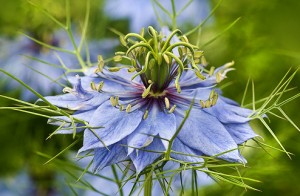 Love-in-a-Mist |
Love-in-a-Mist (Nigella damascena)
Love-in-a-Mist is a beautiful Victorian garden annual blooming in soft shades of blue, pink, white, and lavender. Because its fern-like leaves look similar to fennel, it has also been called fennel flower. This annual herbaceous plant is in the buttercup family (Ranunculaceae), readily self-seeds, and is common in old-fashioned cottage gardens. It grows in full sun to partial shade and blooms from late spring through fall. Nigella is short-lived, so for continuous bloom, repeat sowing every four weeks. You can cut and deadhead this plant to keep it flowering longer.
This flower IS available from your local florist*.


 Find Your
Find Your 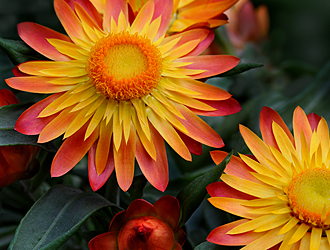
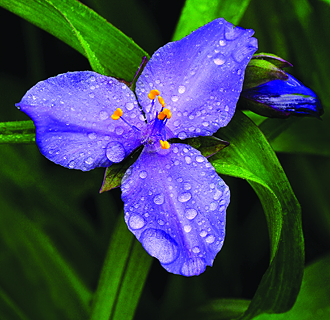
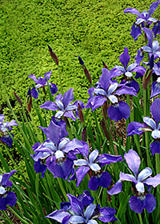 Every spring, I begin the process of taking stock in my garden. What survived the cold winter? What areas just need sprucing up or an extreme makeover? Then, I head to my favorite nursery and begin my annual indulgence—plant shopping! The color I gravitate to most is purple—from pale periwinkle to luscious lavender to deep, velvety jewel tones.
Every spring, I begin the process of taking stock in my garden. What survived the cold winter? What areas just need sprucing up or an extreme makeover? Then, I head to my favorite nursery and begin my annual indulgence—plant shopping! The color I gravitate to most is purple—from pale periwinkle to luscious lavender to deep, velvety jewel tones.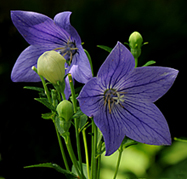
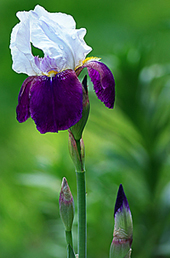
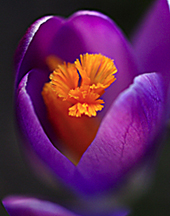
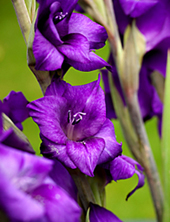

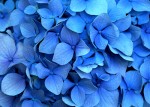
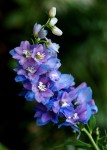 Consider the enchanting
Consider the enchanting 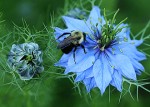 The ethereal, light and airy
The ethereal, light and airy 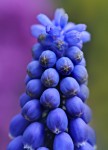 It just wouldn’t be spring without masses of tiny
It just wouldn’t be spring without masses of tiny 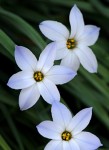 Star-shaped, pale blue
Star-shaped, pale blue 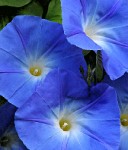 In my humble opinion, a garden without
In my humble opinion, a garden without 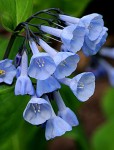 The buds of the herbaceous perennial
The buds of the herbaceous perennial 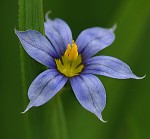 Best planted in large groups for maximum visual impact,
Best planted in large groups for maximum visual impact,  This
This 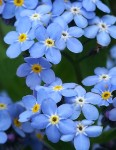 And finally, we can’t forget the diminutive
And finally, we can’t forget the diminutive